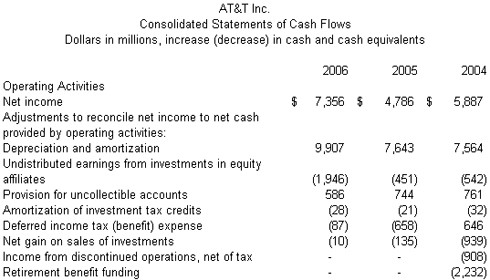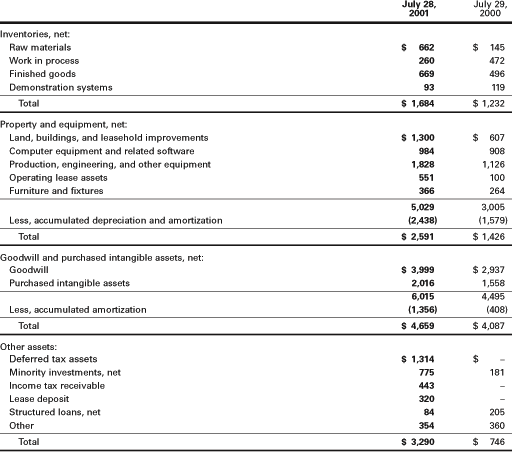Goodwill and Amortization Charges on the Income Statement
Post on: 26 Май, 2015 No Comment

Investing Lesson 4 — Analyzing an Income Statement
Goodwill and other Intangible Asset Amortization Charges
You already learned what goodwill was in Investing Lesson 3 — How to Analyze a Balance Sheet. A quick reminder in case you forgot: Goodwill is used to show the price in excess of the assets one business pays when it acquires another business. If that sentence scared you, calm down and let me explain. Say your pizza parlor wants to buy a competitor’s pizza shack. Anything you pay in excess for the current value of the assets such as real estate
food equipment, appliances, tables, chairs, or other goods, gets put on your balance sheet as goodwill. For more than one hundred years, small business owners often refer to goodwill as blue sky.
In the past, companies were required to charge a portion of goodwill to the income statement, reducing reported earnings. The theory made sense on the surface: If you bought any asset, you had to depreciate it so why, then, wouldn’t you have to do the same when you bought an entire company?
For all intents and purposes, these goodwill charges were ignored by the investor because, unlike buying assets that were needed to operate, acquiring a competitor or merger likely increased your profits if done wisely. The goodwill charges were causing managers to report lower earnings, which was against the accounting goal of providing an accurate picture of economic reality.

Changes in the Accounting Rules for Goodwill
The one exception to this new goodwill policy was intangible assets that do not have indefinite lives, such as patents. These will need to continue to be amortized off as an expense because when the patent expires, it is effectively worthless so it would be misleading to list it on the balance sheet as an asset. In simple terms, if the pizza shack you bought had a licensing agreement with a local sports team that ran out in five years, you would have to continue to charge that asset off on the income statement until it reached $0 at the end of the five years.
The most important thing for you to know when you look at goodwill is that it is a non-cash charge. That means that if a company has a goodwill expense of $10 million, not a penny is coming out of headquarters in most cases because it is just representing a loss that has already occured. If the pizza shack you bought went bankrupt three years from now after the building burned to the ground, you would record a goodwill charge and your profits will be lower. The money you spent for the building was paid out three years before when you bought the place, not when the goodwill charge hit the income statement.














